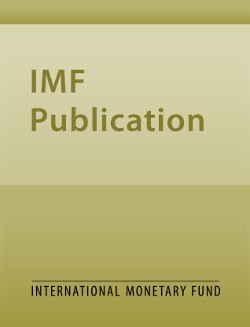
Labor Market Informality and the Business Cycle
Labor Market Informality and the Business Cycle
READ MORE...
Volume/Issue:
Volume 2020
Issue 256
Publication date: November 2020
ISBN: 9781513561288
$18.00
Add to Cart by clicking price of the language and format you'd like to purchase
Available Languages and Formats
| English |
Prices in red indicate formats that are not yet available but are forthcoming.
Topics covered in this book
This title contains information about the following subjects.
Click on a subject if you would like to see other titles with the same subjects.
Labor , Economics- Macroeconomics , labor market , informality , business cycle , WP , commodity price shock , frictions affect labor market dynamics , GDP growth , sector TFP , labor market informality , TFP parameter , business cycle model , TFP shock , labor market frictions affect labor market dynamics , Total factor productivity , Labor markets , Business cycles , Unemployment
Summary
Labor market informality is a pervasive feature of most developing economies. Motivated by the empirical regularity that the labor informality rate falls with GDP per capita, both at business cycle frequency and in a cross-section of countries, and that the Okun's coefficient falls with the level of labor informality, we build a small open-economy dynamic stochastic general equilibrium model with two sectors, formal and informal, which can replicate these key stylized facts. The model is calibrated to Colombia. The results show that labor market and tax reforms play an important role in changing the informality rate but also caution against over-optimism - with low GDP per capita, informality will always be relatively high as there is insufficient demand for formal goods. Quantitatively we find that higher productivity in the formal sector is key in explaining the difference between Colombia and countries with significantly lower informality. We use the model to study how labor informality and labor market frictions mediate the cyclical response of the economy to shocks, including commodity price shocks which are particularly relevant in Latin America. Informality is shown to play an important role as a shock absorber with the informal-formal margin limiting movements in the employed-unemployed margin.
Copyright © 2010 - 2025
Powered by:
AIDC



